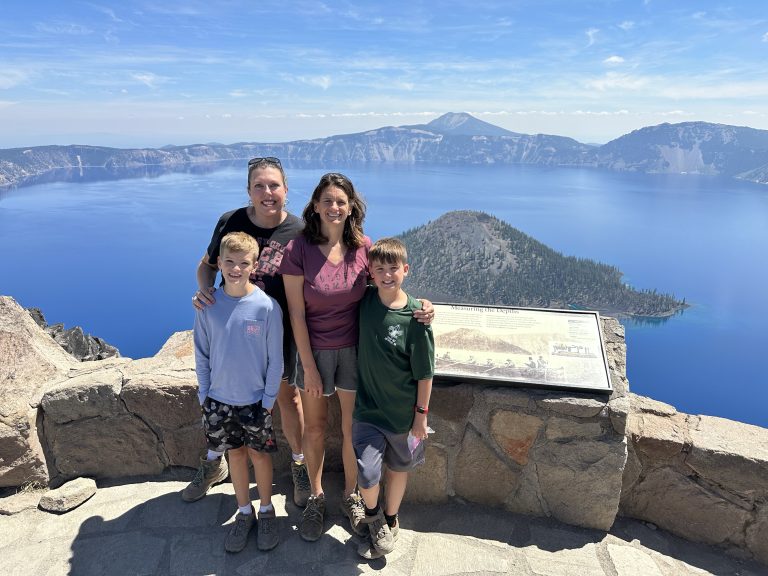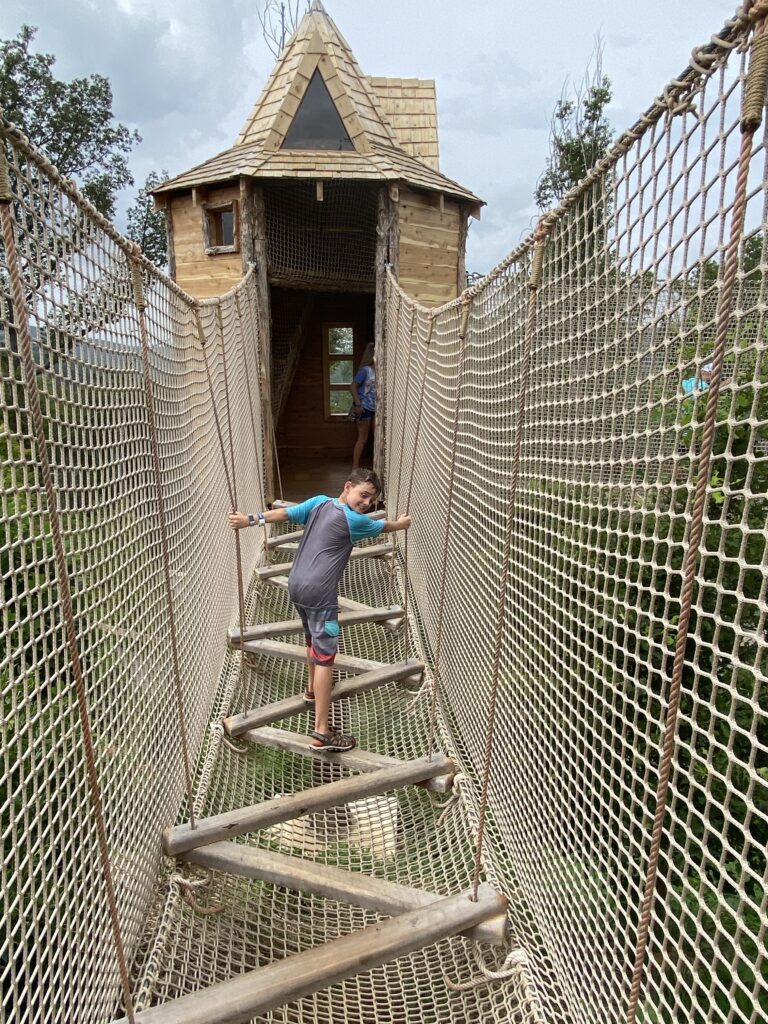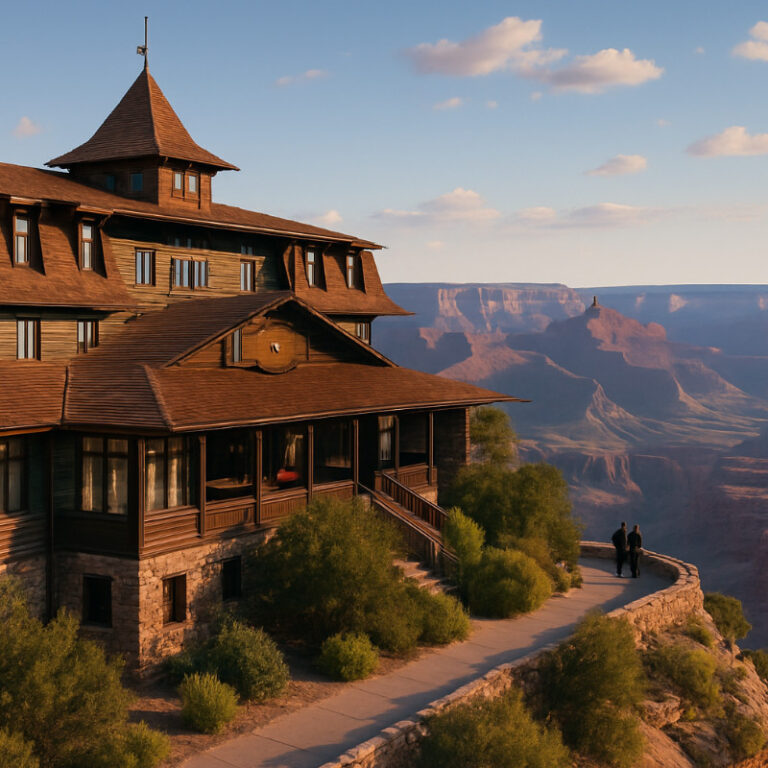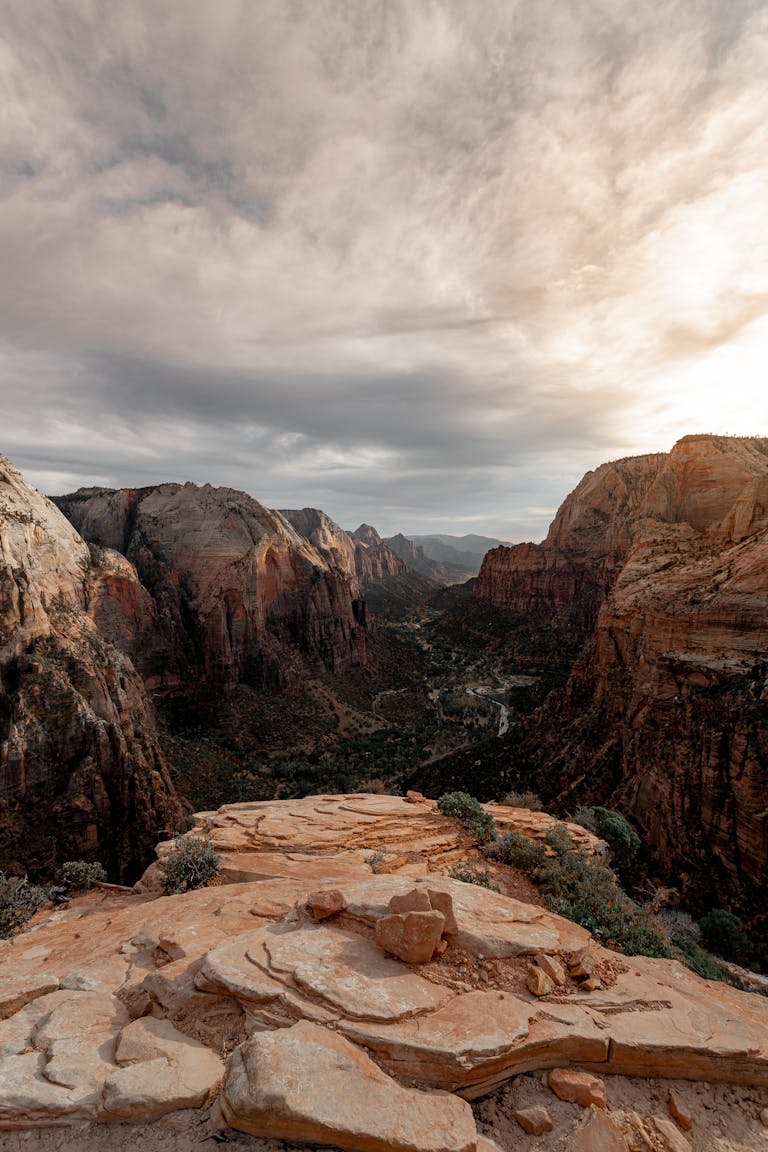How far in advance do you need to book a national park trip? The short answer is that it depends. The long answer – well, that’s what this blog post is going to break down. When you are traveling, to which park, whether the park requires reservations, and where you want to stay make a difference.
Planning ahead will always give you more options, but in most cases, you can plan a trip on fairly short notice. You just might have to be a bit more flexible on where you stay, and if you are going to one of the larger parks, be willing to drive a bit more.
Peak season makes a big difference
For most parks, summer is the busiest time of year. Families are traveling, schools are out, and long days mean more time to explore. If you’re hoping to visit during June, July, or August, an ideal timeframe to start planning is 4–6 months out.
If you have the flexibility to travel in the spring or fall, you will have more options and often at lower prices. Some of the extreme summer heat parks (think Arches, Zion, or Joshua Tree) are still popular in the summer, but much more pleasant in the shoulder season. While some parks, like Glacier National Park, are largely inaccessible in the winter, others can be beautiful and peaceful as long as you dress for the weather. It’s also easier to get in-park lodging at better prices off-season.
Some parks require reservations to enter
National park vacations are continuing to grow in popularity. The number of visitors is rising every year, with over 92 million visits to national parks in 2024. And that’s just counting the 63 national parks. It’s over 331 million visits when you count all National Park Service sites.
Many of the more popular parks have added reservation systems to mitigate the impact of crowds. The required reservations are great for alleviating traffic jams and nightmare parking situations, but it also means you need to be aware of which parks require reservations and for which part of the park. The rules are different for every park, both in terms of what you need a reservation for and how you get the reservation.
- Glacier National Park requires timed-entry reservations for parts of Going-to-the-Sun Road.
- Yosemite National Park often requires reservations to enter any part of the park during peak hours of peak season.
- Rocky Mountain National Park has two different reservations during peak season—one for “most” of the park and one for the full park, including Bear Lake Road.
- Acadia National Park requires reservations to drive up Cadillac Mountain.
- Zion National Park runs a lottery system for the Angels Landing hike.
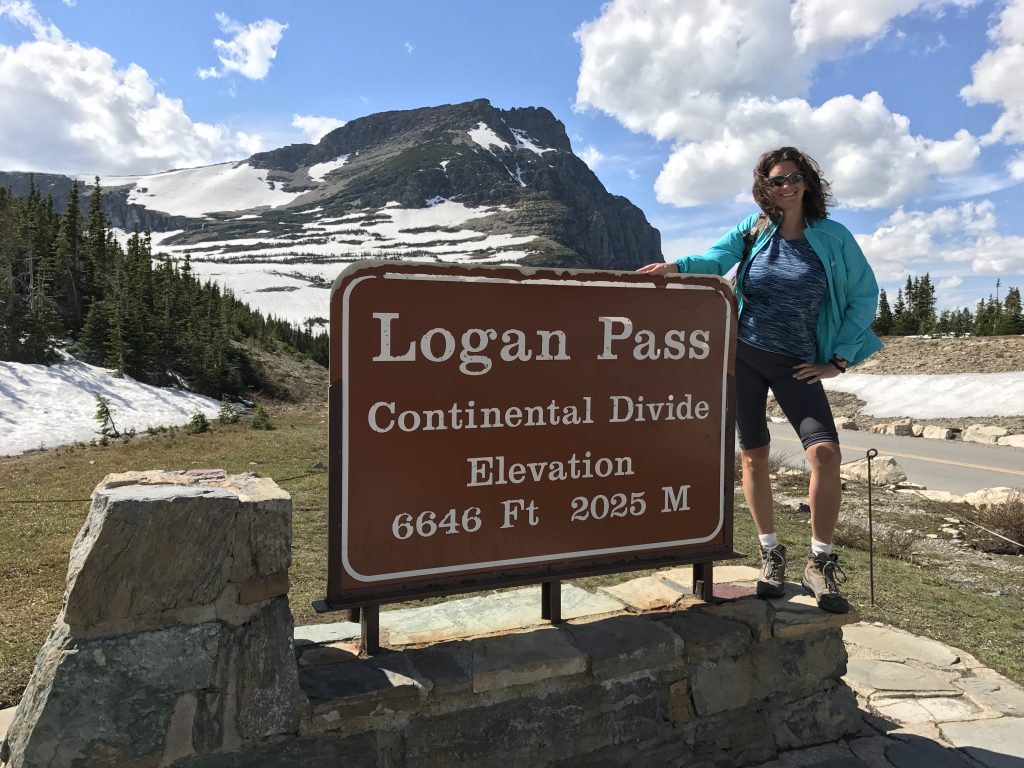
Each park manages its own reservation system, so you have to visit that park’s site to see when reservations are released. Some reservations are gone within minutes of becoming available.
In-park accommodations book up quickly
Where you stay is another big piece of the puzzle. In-park lodges and certain campgrounds can book up a full year in advance, especially in Yellowstone and Yosemite, where staying inside the park can save you hours of driving each day.
If you’re looking for mid-range hotels or family-friendly cabins inside the park, those are often the first to sell out. Luxury lodges, like the historic Ahwahnee Hotel in Yosemite or Lake Yellowstone Hotel, and budget campgrounds often have more availability, but you’ll the further in advance you plan, the more options you’ll have on room types.
If you miss out on in-park accommodations, there are always options outside of the park. For some parks, like the Grand Tetons and Zion, the surrounding towns of Jackson and Springdale are a destination in and of themselves, and staying outside the park is often a better option.

So, how far in advance should you plan?
In general, 4–6 months is a sweet spot for planning a national park trip, especially if you’re visiting during the summer. That gives you enough time to secure the accommodations you really want, get park reservations if needed, and map out your ideal itinerary.
That said, last-minute trips are absolutely possible. You may just need to be more flexible with where you stay or which hikes and drives you choose. There are almost always options around the reservation system, like organized tours or entering the park at off-hours.
Ready to plan your park adventure?
If you are just starting to think about where you might want to vacation, set up a call with me. I can help you turn that far-away idea into a reality, and you don’t have to do any of the research. Planning well in advance is great. But if you just found you have an extra week of vacation to use next month and don’t have time to plan a trip, I can help with that, too.
Get inspired for your trip
Set up a free consultation or tell us about your trip to get a quote.

